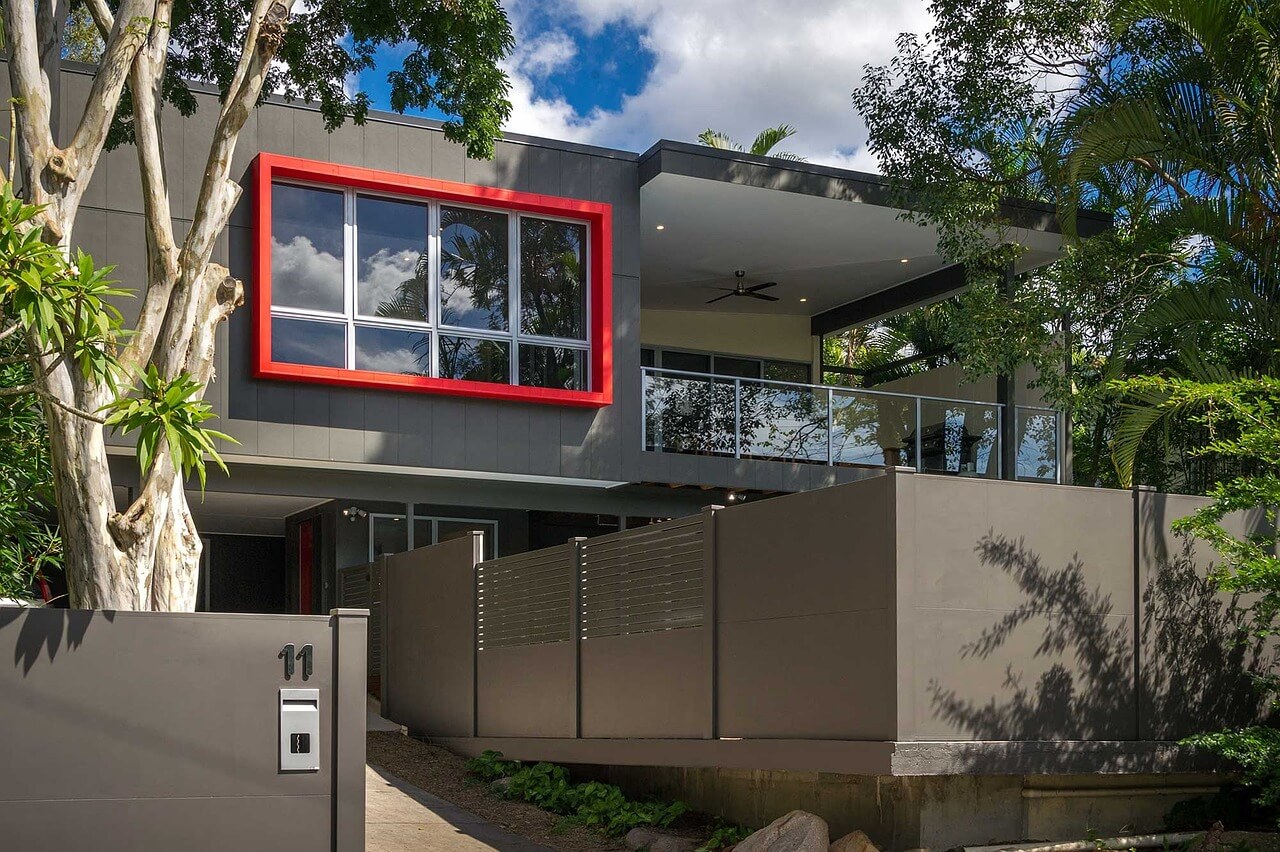How to Prioritize Home Improvement Tasks When Budget is Limited
Home improvement projects can be both exciting and overwhelming, especially when faced with a limited budget. Prioritizing these tasks effectively is essential to ensure you achieve the most significant impact without compromising your financial constraints. Whether it's enhancing the functionality of your living space, boosting your home's curb appeal, or addressing urgent repairs, knowing where to start can make all the difference. In this blog, we will explore practical strategies to help you assess your home's needs, allocate your funds wisely, and embark on meaningful improvements that will elevate your space while keeping your budget intact.

Hiring Local Professionals
When it comes to home improvement, enlisting the help of local professionals can be a game-changer, especially when your budget is limited. Skilled tradespeople, such as plumbers, electricians, and contractors, can offer valuable insights and expertise that DIY projects may lack. From local roofing contractors to interior designers, opting for professionals familiar with your area can also help you save on travel costs and reduce the overall project expenses. Additionally, they may have established relationships with suppliers, allowing them to source materials at lower prices, ultimately benefiting your budget.
Establishing a Budget
Creating a realistic budget is a crucial step in any home improvement project, particularly when funds are tight. Begin by conducting a thorough assessment of your home to identify the most pressing needs and desired enhancements. Once you have a list of potential projects, research the estimated costs for materials and labor to gain a clearer picture of what each project entails. It's wise to set a firm maximum budget for each task, allowing for a slight buffer—typically around 10-15%—for unexpected expenses that might arise during the process. Prioritize your projects based on necessity and impact; focus on those that improve safety, energy efficiency, or increase property value. By establishing a comprehensive budget upfront, you'll be better equipped to make informed decisions and keep your home improvement efforts within your financial means.
Identifying Urgent Repairs
Identifying urgent repairs is a crucial step in prioritizing your home improvement tasks, especially when working with a limited budget. Start by inspecting your home for issues that could pose safety risks or lead to further damage if not addressed promptly. Common areas to check include the roof for leaks, plumbing for signs of water damage, and electrical systems for any outdated or faulty wiring.
Once you identify these urgent issues, assess their potential impact on your daily life and property value. It's often beneficial to tackle these repairs first since they not only protect your investment but can also save you money in the long run by preventing more extensive damage. Prioritizing urgent repairs ensures your home remains safe and functional while paving the way for future improvements.
Enhancing Curb Appeal
Improving your home's curb appeal is an effective way to make a positive first impression, whether you're looking to sell or simply want to enjoy your space more. Start with simple updates like a fresh coat of paint for the front door, which can add a pop of color and make your entrance more inviting. Landscaping plays a vital role as well; consider planting vibrant flowers, trimming overgrown bushes, and ensuring your lawn is well-maintained. Small details, such as adding new house numbers or updating outdoor lighting fixtures, can significantly enhance the overall aesthetic. Additionally, cleaning pathways and pressure washing siding can yield noticeable improvements without breaking the bank. By focusing on these elements, you can elevate your home's exterior and create a welcoming atmosphere that reflects your style.
Improving Functionality
Enhancing the functionality of your home can significantly improve your daily living experience without requiring a complete renovation. Start by evaluating your current layout and identifying areas that feel cramped or inefficient. For instance, consider rearranging furniture to create a more open and inviting space, or repurposing underutilized areas—a corner nook could become a cozy reading spot or a home office.
In the kitchen, implementing organizational tools such as drawer dividers and shelving can maximize storage and make meal prep more efficient. Likewise, in the bathroom, adding hooks or shelving can help keep essentials organized and easily accessible. Simple upgrades like installing smart home devices can not only enhance convenience but also improve energy efficiency. By focusing on these functionality improvements, you can create a space that better meets your needs, making everyday tasks more enjoyable and manageable.

Prioritizing home improvement tasks on a limited budget requires careful planning and strategic decision-making. By assessing your home's needs, identifying urgent repairs, and enhancing functionality and curb appeal, you can ensure that your efforts yield the best possible results without financial strain. Remember to establish a realistic budget and consider enlisting local professionals for their expertise and potentially lower material costs. With these strategies in mind, you can transform your living space into a more enjoyable and valuable home, even within the constraints of a tight budget. Embrace the journey of improvement, knowing that each step taken brings you closer to your ideal living environment.